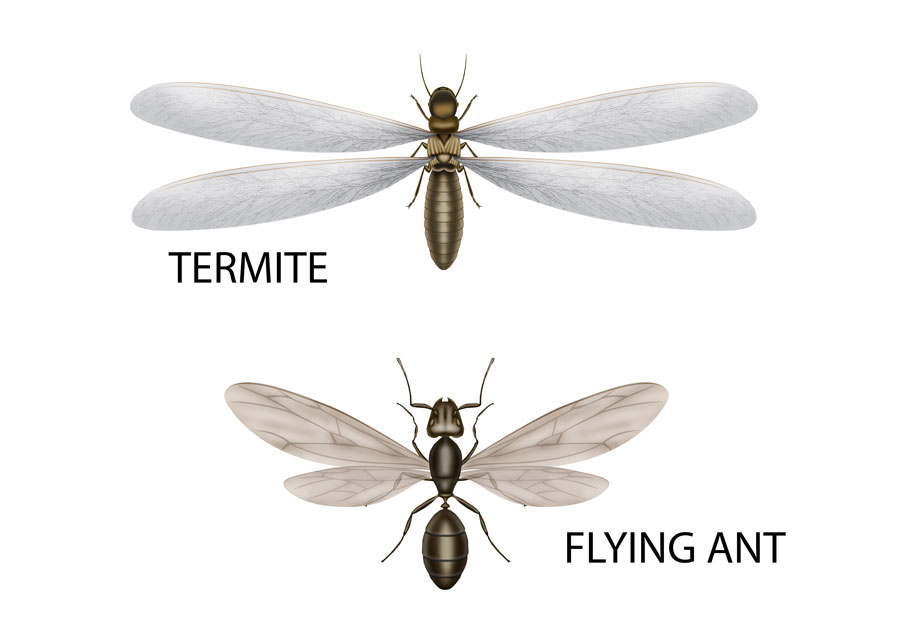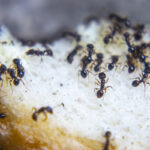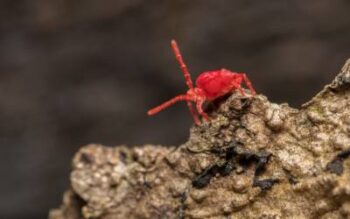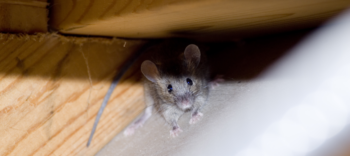
Certain types of ants have wings that enable them to fly. Seeing a flying ant in your home could be bad news, as these species only tend to fly during mating season. But how do you know you’re seeing flying ants and not termites? Termites pose a significantly worse threat than flying ants, making it important to tell the difference between termites and flying ants—more specifically, between termite swarmers and flying ant swarmers. To better know what type of wood-destroying pest you may be dealing with in your St. Louis MO home or business, the experts at Bug Out are here to share their unique knowledge of these pests.
Termites vs. Flying Ants: Appearance
Telling apart termites from carpenter ants can be tricky. In the swarmer stage, they both appear very similar save for a few key differences:
- Carpenter ant swarmers: These are black in color, with some species having slightly red coloring. Carpenter ants measure 1/2″–5/8″ with an antenna bent at a 45-degree angle. Their wings are translucent with a reddish-brown hue, lying over the posterior of the ant. Carpenter ant swarmers are bigger than termite swarmers.
- Termite swarmers: Usually, termite swarmers are black to brown in color and measure 3/8″ long including the wings. Their wings are translucent to slightly milky or smoky in color. Their wings may overlap, and are typically as long as or slightly longer than the body; this is the best way to differentiate them from carpenter ants.

Are Termites or Flying Ants Dangerous?
While they both have wood-destroying capabilities, termites are typically more dangerous than carpenter ants. The main behavioral differences between these two include:
- Termites make their way into a structure around basement windows, doorways, undersiding, porches, or any structure in contact with the soil.
- Established termite colonies can range from 60,000 to over a million workers and can consume nearly 5 grams of wood per day.
- Carpenter ants establish nests in wood that is already in decay, and later expand into normal wood, insulation, or wall voids.
- Excavated termite galleries appear to have been sanded. Carpenter ants do not create the extensive damage termites do.
Inspections For Termites vs. Flying Ants
The season of the year can also play a role in helping to identify your winged pest. Termite swarmers typically come out in the spring after our first few warm days. Flying ants are year-round. If you see one in your house in the summer, chances are high that it’s simply because one entered through an open door. It doesn’t necessarily signify a problem. Seeing one in the winter could lead to more of a concern because that could mean they’re nesting in your home. Either way, it’s important to always contact your trusted ant and termite control experts. At Bug Out, we will inspect your property to determine which pest you are dealing with and help to get rid of the problem.





